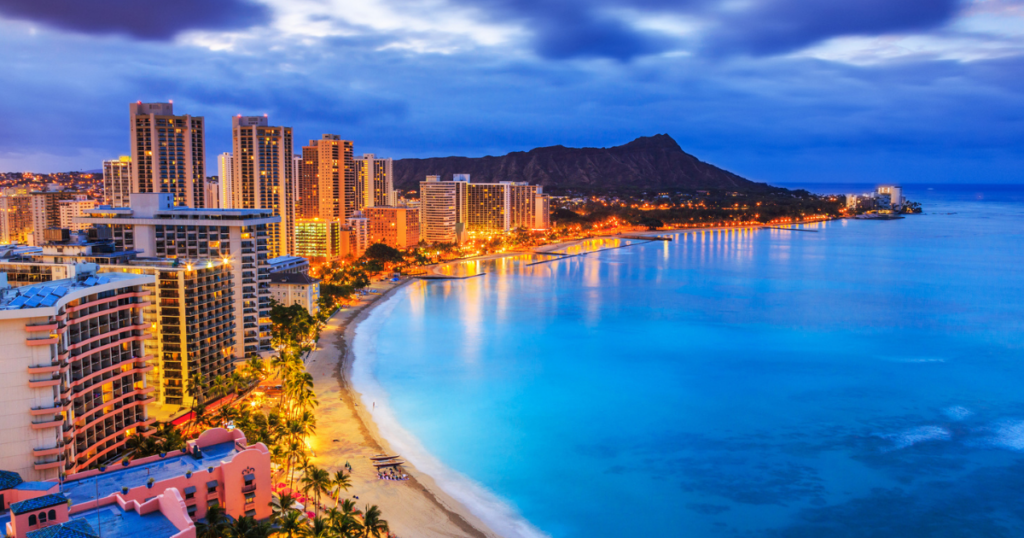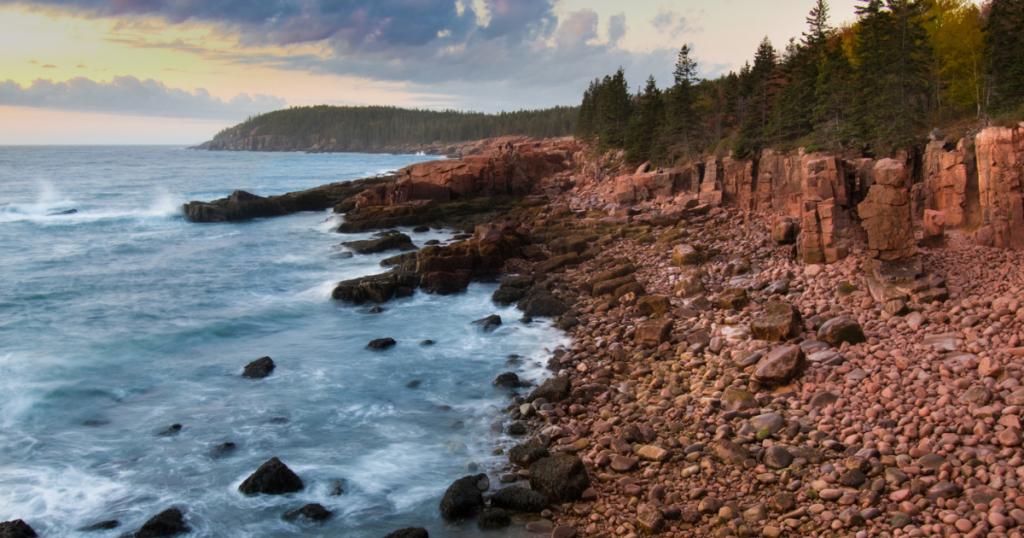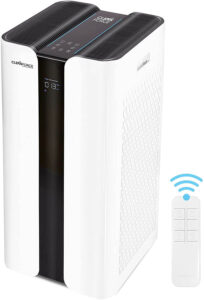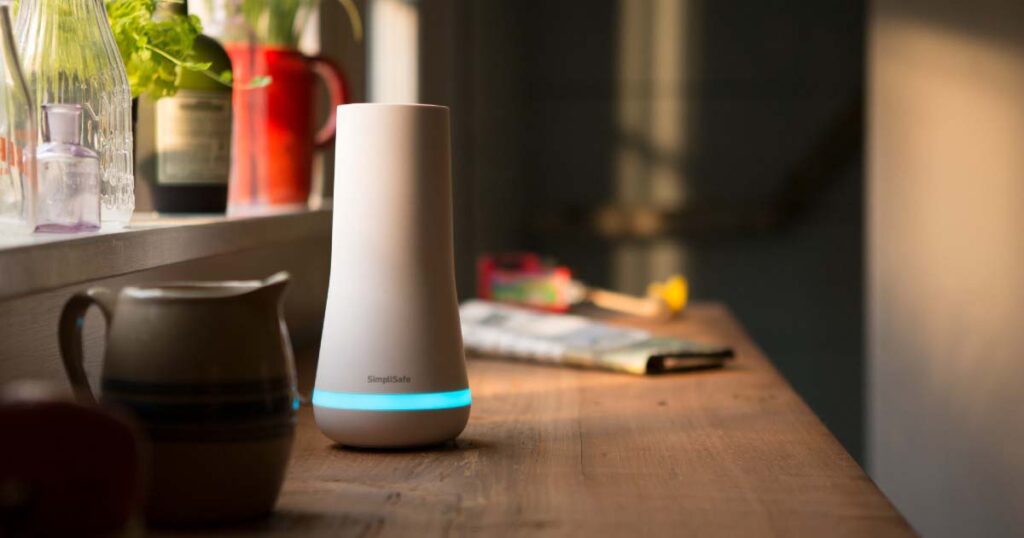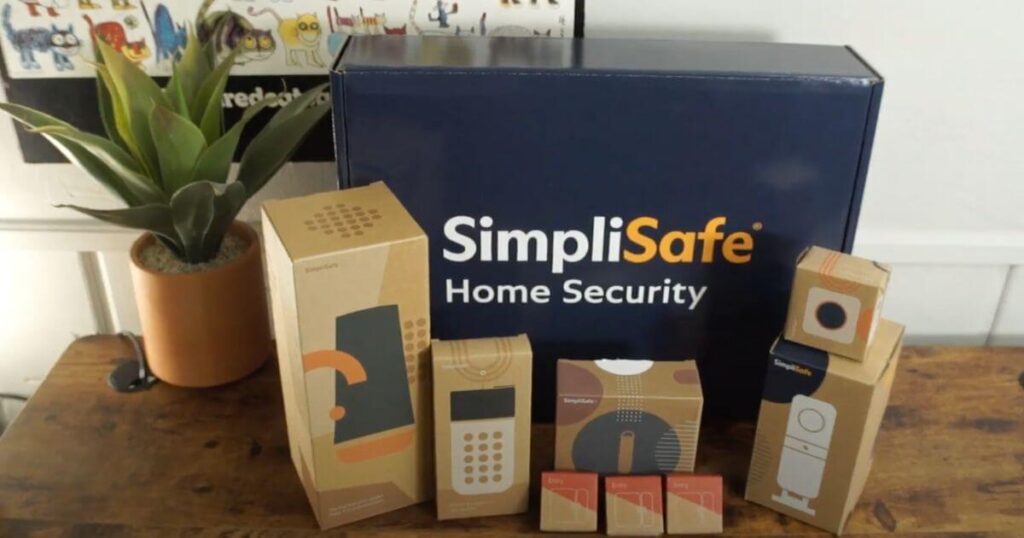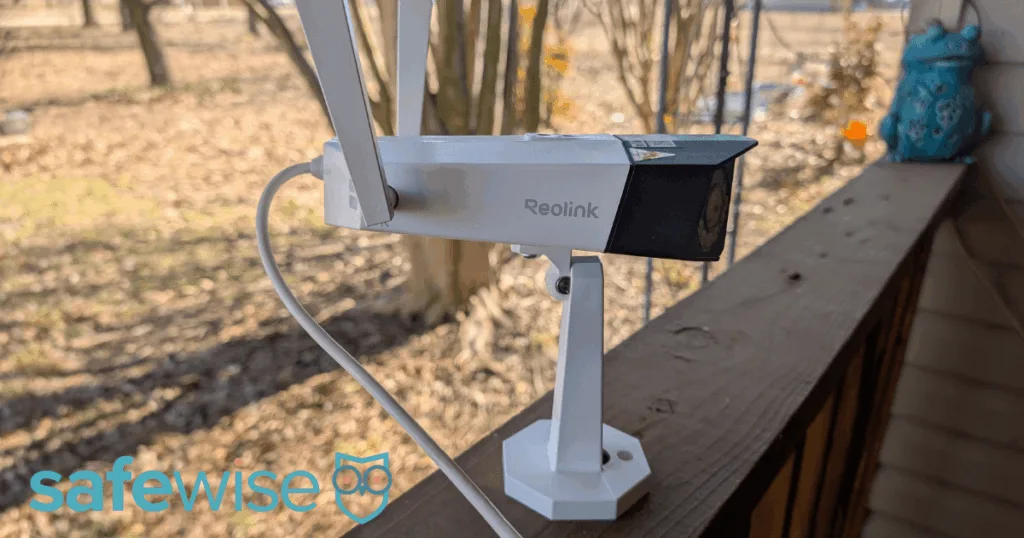The American Lung Association’s latest State of the Air report shows a concerning decline in air quality across the U.S., but some cities still stand out for their clean air. This year, only 35 cities had zero high ozone days, and just 22 cities had no days with high levels of short-term particle pollution—a sharp drop from last year’s 55 and 75 cities, respectively.
Only two cities, Bangor, Maine, and San Juan-Bayamón, Puerto Rico, made the clean air honor roll for all three pollution measures: ozone, short-term particle pollution, and year-round particle pollution. They each earned top marks and remain the cleanest cities to live in, according to the report.
Interestingly, Bangor was number one for year-round particle pollution last year, but falls to number five this year. Honolulu is the only other city from last year's top five to remain in the top this year, jumping from fourth to first place (tied with Casper, Wyoming). Other former top-ranked cities lost their spots due to at least one day of elevated particle pollution.
Unhealthy air can lead to a poor quality of life and multiple health problems. Dirty air can instigate emergency room visits, poor lung development in children, and even death in some cases.
If you’re looking to breathe in some cleaner air, look to these metro areas, which the American Lung Association deemed this year's cleanest in the US.


